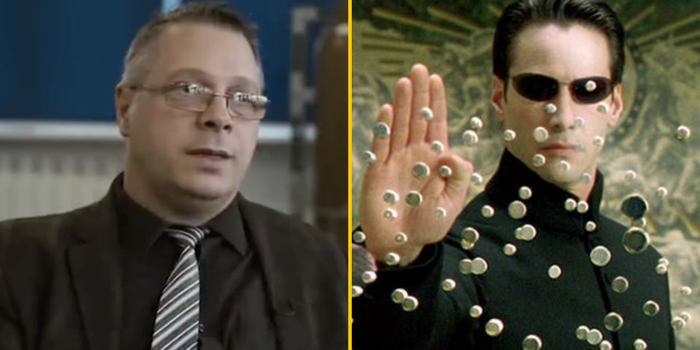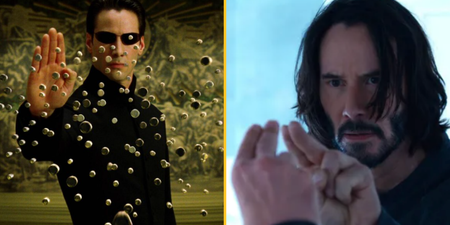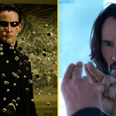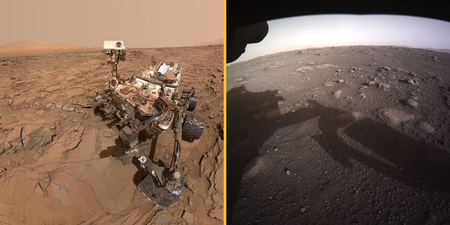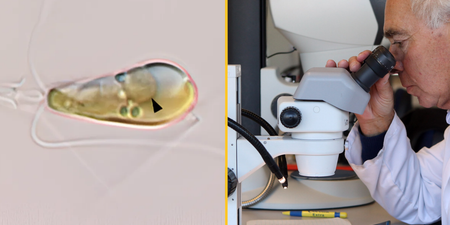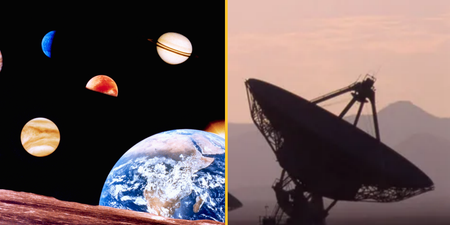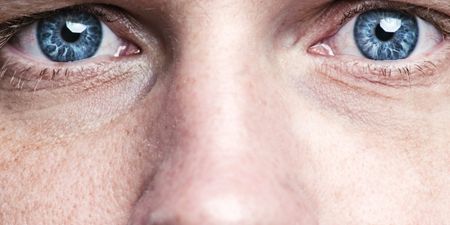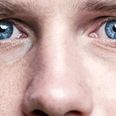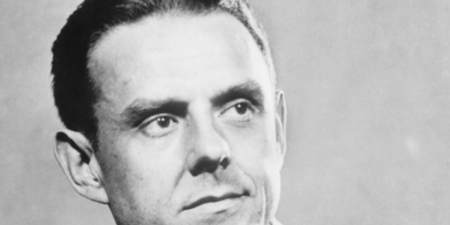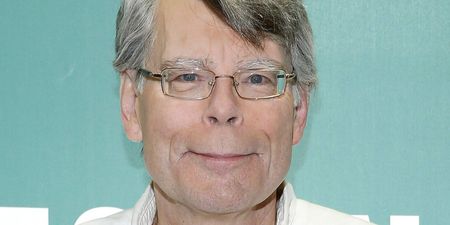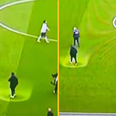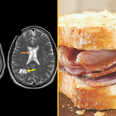‘What you know you can’t explain, but you feel it. You’ve felt it your entire life’
In the 1999 hit, The Matrix, Morpheus unlocks the mysterious of the universe for Neo, saying: “What you know you can’t explain, but you feel it. You’ve felt it your entire life.”
Now, more than two decades on, a professor in physics at the University of Portsmouth appears to have downed the red pill and claims to have evidence that we could indeed be living in a “virtual reality simulation”.
Melvin Vopson believes we may be characters in an advanced virtual world and suggests the physical behaviour of information in our universe resembles the process of a computer deleting or compressing code – a clue that perhaps the machines hope we don’t notice.
Vopson, who has already warned of an impending “information catastrophe” when we run out of energy to sustain huge amounts of digital information, says his studies “point to a bizarre and interesting possibility that we don’t live in an objective reality and that the entire universe might be just a super advanced virtual reality simulation.”
Last year, the academic – from Romania – established a new law of physics, called the “second law of information dynamics” to explain how information behaves.
It establishes that the “entropy”, or disorder, in a system of information decreases rather than increases.
The theory goes against the second law of thermodynamics – established in the 1850s, -which explains why we cannot unscramble an egg or why a glass cannot unbreak itself.
Vopson explained to MailOnline: “The second law of infodynamics requires the minimisation of the information content associated with any event or process in the universe.
“To put it simply, everything appears to evolve to an equilibrium state where the information content is minimal.
“Such behaviour is fully reminiscent of the rules deployed in programming languages and computer coding.”
Vopson went on to say simulating a “super complex universe like ours” would require a built-in-data optimisation and compression mechanism “in order to reduce the computational power and the data storage requirements to run the simulation.”
He continued: “This is exactly what we are observing via empirical evidence all around us, including in digital data, biological systems, atomistic systems, mathematical symmetries, and the entire universe.
“This is what the second law of infodynamics reveals, so one logical conclusion is that, while not giving a definite proof, it surely underpins the simulated universe theory.”
Vopson said the symmetry that we observe in every day life, like flowers and butterflies, supports his theory.
“All biological life presents some form of symmetry, all solids and crystals have symmetries, the laws of physics, etc,” he told the Mail.
“The universe has this built-in mechanism to optimise the computation of everything.
“Symmetry is the best way of optimising or rendering the digitally constructed world and this is why we have symmetries everywhere rather than asymmetries.”
The Mail noted that the theory is not unique to Vopson, with it also being popular with Elon Musk, and comes within a branch of science known as information physics, which suggests physical reality is fundamentally made up of bits of information.
His study has been published in AIP Advances.
Related links:
- People spot ‘glitch in the matrix’ as plane stops mid-flight and left floating in the sky
- Passenger plane dropped 1,200 feet in less than a minute without pilots noticing
- Scientists create material which can actually ‘think’
